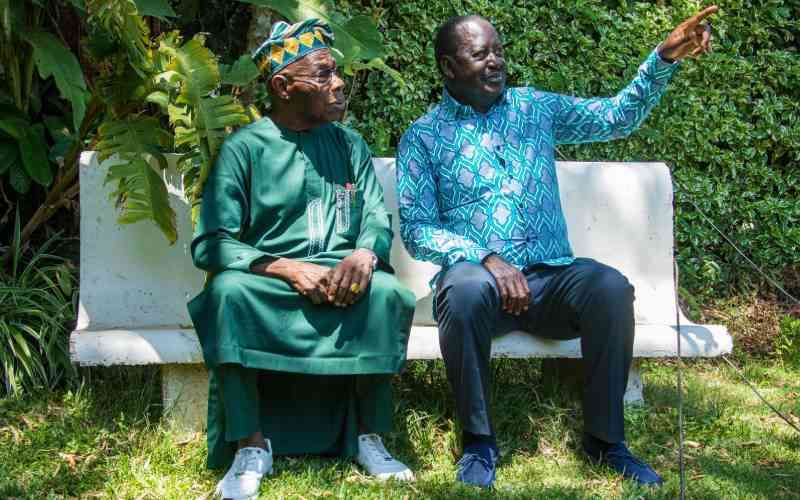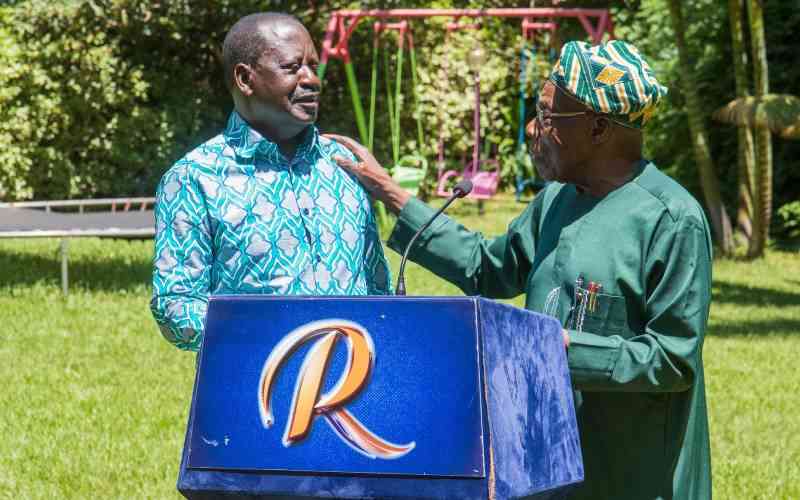The time may have come for the Government to terminate its partnership agreement with Essar Energy Overseas for failing to honour its promise to modernise the Kenya Petroleum Refineries Limited.
The Indian company bought a 50 per cent stake in Kenya Petroleum Refineries Ltd four years ago from a consortium of BP, Shell and Chevron, three foreign investors who were reluctant to invest any money into the upgrade.
There were high expectations that new day had dawned on one of the Coast region’s major employers. These were based on Essar’s promise to invest between $400 million and $500 million (Sh34.6 billion to Sh38.9 billion at the then exchange rate) for the modernization of the facility.
The firm also promised to pay Government $11 million as goodwill for giving up its pre-emptive right to buy out its foreign partners.
But, four years down the road, the promised investments have proved to be a mirage and the $11 million was slashed to miserly $2 million — paid two years after Essar took over the management of KPRL meaning the payment may have come from internally generated revenue.
As a result, the refinery continued to perform dismally each year. Last year, the uptake of crude oil was estimated at 992,000 tonnes, a 50 per cent drop from 1.6 million tonnes in 2011. The refinery also lost Sh13.7 billion between December 2010 and April 2013 leading to price increases of all petroleum products.
This means that the country’s economy has to bear an extra cost of Sh2.74 per litre of petrol and Sh2.54 per litre of diesel because of inefficiencies that the new owner had promised to fix, but failed to carry out. Word on the street that the Ministry of Energy might be seeking to end the agreement with Essar to give it room to negotiate with oil interests from Nigeria is interesting, but a word of caution is in order.
Before getting into yet another doomed joint venture, there is need to ascertain where the Mombasa-based refinery fits into the East African Community bloc’s infrastructure road map over the next few years.
If it is taken as a given that Kenya would take up Uganda’s offer to invest in its planned regional refinery serving Southern Sudan — and perhaps Eastern Congo at a later date after it begins its own oil production — it might not make sense to spend the huge amounts of money needed to resuscitate KPRL.
It might also pay to learn a lesson or two from the shambolic privatisation of Telkom Kenya that has seen the country lose a sizeable amount of its shareholding to a foreign investor who also came in promising to turn the company around only to have the French company demanding ever increased public funds with little to show for it.
Yet another area that calls for a fresh look is the value of KPRL properties. The refinery, for example, sits on a 300-acre property in a prime location of Changamwe in Mombasa County.
Reports that the land has a current market value of Sh15 billion, coupled with KPRL’s storage capacity and associated pipeline works with an estimated valuation of Sh16.3 billion makes the facility attractive to many investors, particularly those whose primary interest is to asset strip their acquisitions.
While interest from the Nigerian investors is welcome, perhaps the country would be better served if that interest were directed to the Lamu Port Southern Sudan-Ethiopia Transport (LAPSSET) Corridor project whose plans include the building of a new oil refinery.
 The Standard Group Plc is a
multi-media organization with investments in media platforms spanning newspaper
print operations, television, radio broadcasting, digital and online services. The
Standard Group is recognized as a leading multi-media house in Kenya with a key
influence in matters of national and international interest.
The Standard Group Plc is a
multi-media organization with investments in media platforms spanning newspaper
print operations, television, radio broadcasting, digital and online services. The
Standard Group is recognized as a leading multi-media house in Kenya with a key
influence in matters of national and international interest.
 The Standard Group Plc is a
multi-media organization with investments in media platforms spanning newspaper
print operations, television, radio broadcasting, digital and online services. The
Standard Group is recognized as a leading multi-media house in Kenya with a key
influence in matters of national and international interest.
The Standard Group Plc is a
multi-media organization with investments in media platforms spanning newspaper
print operations, television, radio broadcasting, digital and online services. The
Standard Group is recognized as a leading multi-media house in Kenya with a key
influence in matters of national and international interest.









